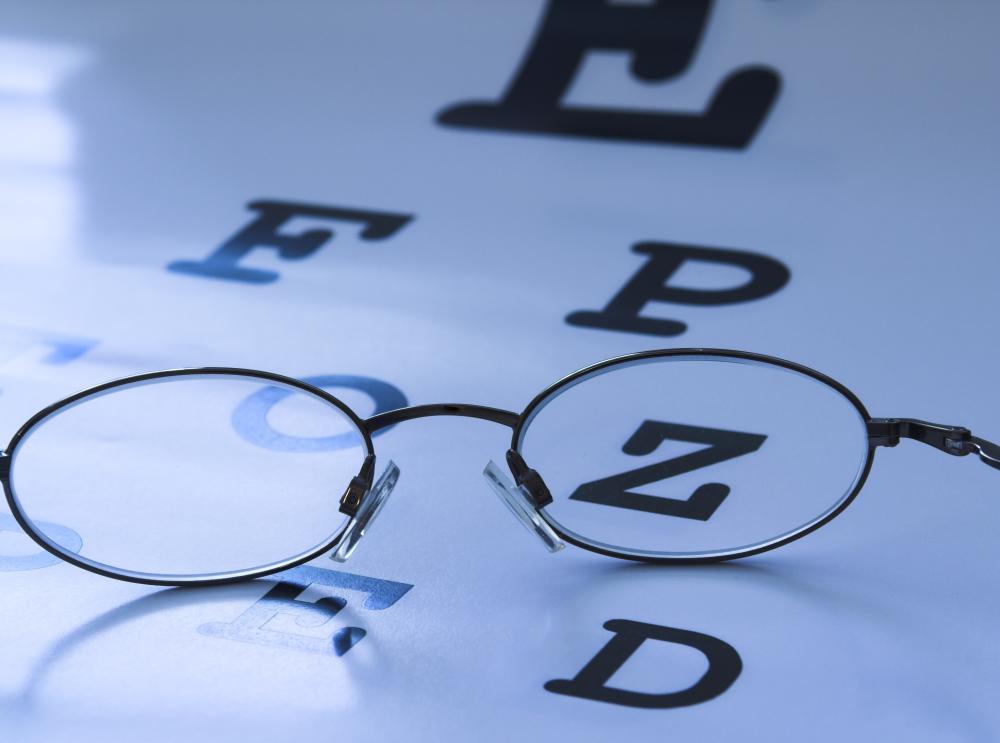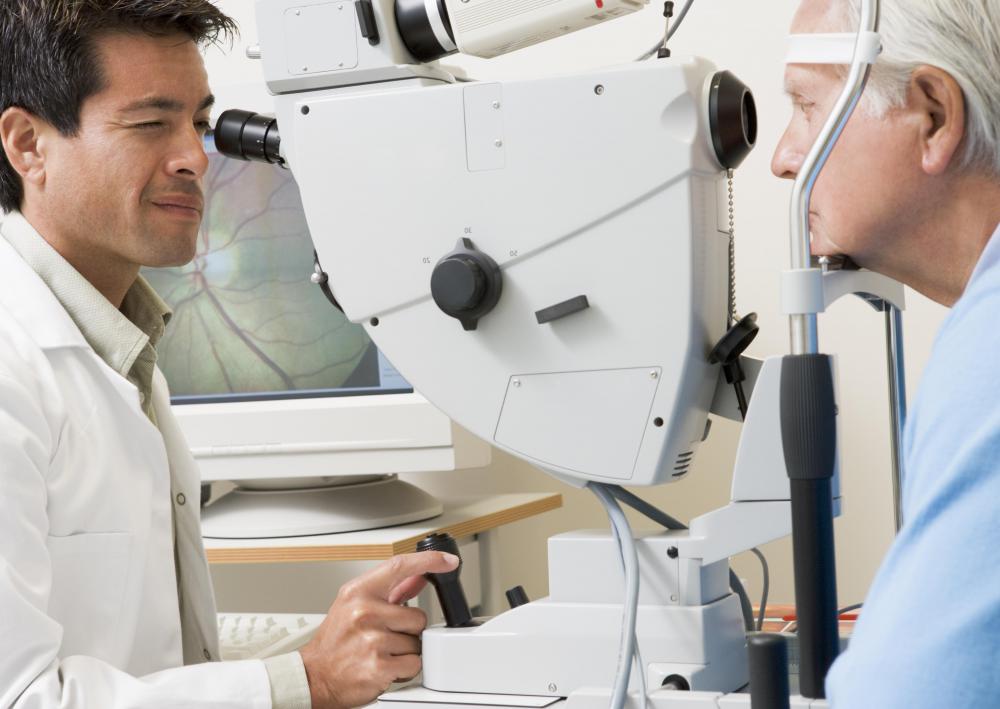At TheHealthBoard, we're committed to delivering accurate, trustworthy information. Our expert-authored content is rigorously fact-checked and sourced from credible authorities. Discover how we uphold the highest standards in providing you with reliable knowledge.
What is Quadrantanopia?
Quadrantanopia is a specific kind of eye disorder that affects one quadrant of an individual's vision. This condition falls under the general category of anopia, or impaired vision. Eye experts and medical personnel use terms like these to identify parts of the visual field, or the range of vision for an individual.
In quadrantanopia, one quarter of the visual field is affected. Medical personnel will generally refer to hemispheres of the visual field in terms of right and left. They may refer to the top and bottom atmospheres of the visual field as superior and inferior. Some may also refer to upper quadrantanopia or lower quadrantanopia to accurately describe a condition and its placement in the field of vision.

Medical experts may conduct visual field tests to diagnose conditions like quadrantanopia. These tests may be done by a machine, or they may be conducted by the doctor with the help of a machine. Common types of visual field tests include the tangent screen exam and an automated perimetry exam. In some ways, these tests are not unlike other standard eye exams that are done routinely in optometry offices. However, they may be specifically ordered in response to patient symptoms.

The international medical community has identified quadrantanopia with one of many ICD-10 codes. These codes are used to provide standard diagnosis for a range of medical conditions. Knowing how quadrantanopia and other eye disorders are associated with ICD-10 codes helps medical personnel understand the conditions that a patient presents with, or information that may be in their medical file. Correct use of ICD-10 codes can also help in processing paperwork for office visits, or other events associated with the specific conditions of a patient.

Anopic disorders can be caused by certain types of injury. They can also be the result of some kind of degenerative conditions. Medical experts must try to find the correct cause, and hence the correct treatment for quadrantanopia and similar conditions. Conditions like these may affect the ability of the patient to legally operate a motor vehicle or other equipment. It is important to understand the extent of anopia in order to figure out how it will impact the patient's daily life.

Professional optometrists use state of the art equipment and methods to diagnose anopic conditions. They also rely on a network of peers to discover more about what causes eye injury, or how to pursue the best treatments for a particular condition. Ask your local eye doctor about any loss of vision to find out how to minimize the impact of anopia or any other eye problem.
AS FEATURED ON:
AS FEATURED ON:














Discuss this Article
Post your comments